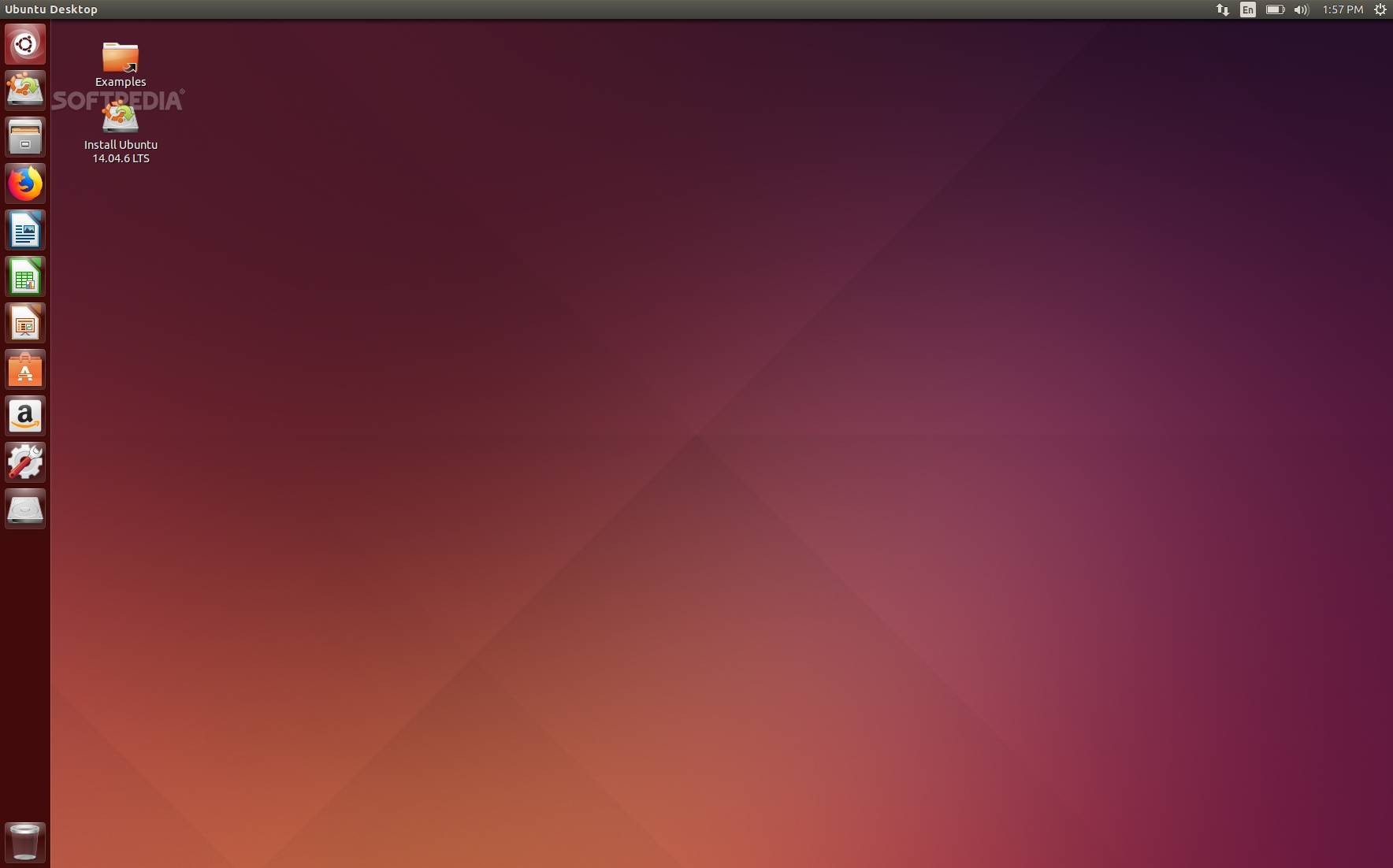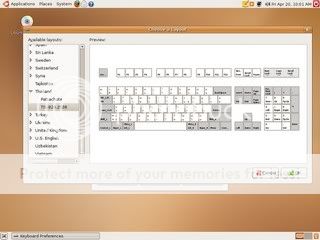

The issue I have with this behavior is I don't know whether the SSH client is waiting for the network/server/proxy or for me to touch the key. When using the key for Git operations like git clone or git pull, it just silently waits for the key tap. Once I touch it, the SSH login succeeds with that key and the subsequent messages will be: debug1: Authentication succeeded (publickey).

explicit authenticator agentĪt which point the Yubikey starts flashing. explicit authenticator agentĭebug1: Server accepts key: /./.ssh/id_ed25519-sk ED25519-SK SHA256. In verbose mode the SSH client displays: debug1: Authentications that can continue: publickeyĭebug1: Next authentication method: publickeyĭebug1: Offering public key: /./.ssh/id_ed25519-sk ED25519-SK SHA256. When using the key for establishing a SSH connection however, there is no message about requiring to touch the key like on the Github blog Security keys are now supported for SSH Git operations: Confirm user presence for key. Then select your keyboard model on the list (the one you have now added!) and you can now use keytouch to configure/change what the keys do.I have created SSH key on Yubikey 5 Nano using FIDO2: ssh-keygen -t ed25519-sk -f ~/.ssh/id_ed25519-sk Then open up Keytouch and click import, find that file on your desktop and import it. Amarok Music Player) can be used.When its done and you have configured all the buttons Keytouch can detect, simply save it to your desktop. Extra plugins with actions for specific programs (eg. You can switch these around or enter custom program launchers or common actions (e.g. Some keys will be filled in with default values (Information is gleaned from inputs manufacturers have named). You'll then be taken to the Key settings tab where you can add keys, simply by pressing them and identifying them. After you select an input it will ask you to push all of the multimedia keys, until one is detected, just to make sure you have indeed selected the right input. Try all of the inputs which look similarly named to your device, as often you have more than one listed (Extra function keys are usually listed on the second input, while your main keyboard will use the first input, both should be similarly named). On initial startup, you'll be asked to choose from a list of inputs, KeyTouch will name them. In Ubuntu 8.10 the KeyTouch-Editor launcher is found under System > Preferences. You can find KeyTouch-Editor under System > Administration. In the Keyboard tab you can switch your selected keyboard (requires a program restart). Extra plugins with actions for specific programs are available in the Preferences tab. You'll then be taken to the Key settings tab where some keys will be filled in with default values. Select from the list of supported models and click "OK". On initial startup, you'll be asked for the model of your keyboard. You should now be able to find KeyTouch under System > Administration.
KEYTOUCH UBUNTU 14.04 INSTALL
Sudo apt-get install keytouch keytouch-editor Open a terminal and enter these commands: Save the configuration file when your done and simply import into Keytouch itself^. You select your multimedia keyboards input, then press keys and identify them from a drop down list. * KeyTouch-Editor - The tool to setup your keyboard by teaching it. Currently supported models are listed in a table at the bottom of this page. It comprises of two tools: * KeyTouch - The tool to setup a keyboard that is already in the database. If your keyboard is not present, you can "train" it by starting up keytouch editor and pressing the relevant keys whilst identifying them. Keytouch allows the selection of profiles to select your keyboard model from a list in its database. This guide will explain the installation and configuration of the two basic KeyTouch tools. KeyTouch - The easy way to enable multimedia-keys!


 0 kommentar(er)
0 kommentar(er)
